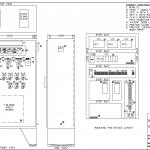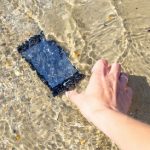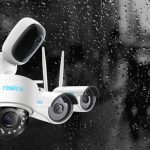The IP (Ingress Protection) enclosure system uses a 2-digit suffix to describe the degree of ingress protection for enclosures. IP68 provides protection against extended immersion up to 1 meter, whereas IP69 offers complete protection against high pressure water. In this article, you will learn about the IP protection system, compare IP68 vs IP69 ratings, and learn about typical IP applications.
IP Protection System

The IP rating is an international standard. It determines the degree of protection or sealing efficacy in enclosures against the infiltration of objects, water, dust, and contact. Also, it is compliant with European Standard EN 60529.
Products are noted by the initials IP (Ingress Protection), followed by two digits and an optional letter in the IP code. The two digits denote the level of intrusion protection versus solids and liquids. The optional letter notes the product’s resistance to pressure.
IP Ratings – Intrusion Protection
| Level | Intrusion Protection |
|---|---|
| X | No protection. |
| 1 | Protection from a large part of the body such as a hand (but no protection from deliberate access); from solid objects greater than 50mm in diameter. For example, accidental touch by hands. |
| 2 | Protection against fingers or other objects not greater than 80mm in length and 12mm in diameter. For example, fingers. |
| 3 | Protection from entry by tools, wires, etc, with a diameter of 2.5 mm or more. For example, tools, and wires. |
| 4 | Protection against solid objects larger than 1mm. For example, wires, nails, screws, larger insects, and other potentially invasive small objects such as tools/small, etc. |
| 5 | Partial protection against dust that may harm equipment. |
| 6 | Totally dust-tight. Full protection against dust and other particulates, including a vacuum seal, tested against continuous airflow. |
IP ratings – Moisture Protection
| Level | Moisture Protection |
|---|---|
| X | No protection. |
| 1 | Protection against vertically falling droplets, such as condensation. ensuring that no damage or interrupted functioning of components will be incurred when an item is upright. |
| 2 | Protection against water droplets deflected up to 15° from vertical |
| 3 | Protected against spray up to 60° from vertical. |
| 4 | Protected against water splashes from all directions. Tested for a minimum of 10 minutes with an oscillating spray (limited ingress permitted with no harmful effects). |
| 5 | Protection against low-pressure jets (6.3 mm) of directed water from any angle (limited ingress permitted with no harmful effects). |
| 6 | Protection against direct high-pressure jets. |
| 7 | Protection against full immersion for up to 30 minutes at depths between 15 cm and 1 meter (limited ingress permitted with no harmful effects). |
| 8 | Protection against extended immersion under higher pressure (i.e. greater depths). Precise parameters of this test will be set and advertised by the manufacturer and may include additional factors such as temperature fluctuations and flow rates, depending on equipment type. |
| 9 | Protection against high-pressure, high-temperature jet sprays, wash-downs, or steam-cleaning procedures. |
IP68 vs IP69 Difference
Intrusion protection for IP68 vs IP69 is the same (6). The differences lie in the moisture grade number (8 vs. 9).
| Rating | Difference | Similarities |
|---|---|---|
| IP68 | Protection against extended immersion under higher pressure. Withstands submersion in water that is up to 1.5 meters deep. | Dust-tight. Complete protection against dust and other particulates. |
| IP69 | Protection against high-pressure, high-temperature jet sprays, washdowns, or steam-cleaning procedures. | Dust-tight. Complete protection against dust and other particulates. |
Common IP Applications
The universal IP rating system gives buyers the confidence to use products in a specific environment. For example, the term ‘waterproof’ doesn’t clearly define where and to what extent an item can resist moisture ingress. Therefore, an IP rating provides a far more specific account.
Protective IP cases may apply to lighting, controllers, electric instruments, power supply, industrial camera housings, desktop electronics, and measuring/control equipment, to name a few. Instrument applications such as volt-meters, digital thermometers, and flow readers are also typical. Additionally, electrical motors often bear the IP designation.
IP-rated enclosures compete in the industrial market with the NEMA (National Electrical Manufacturers Association) designation.
Common IP68 Applications
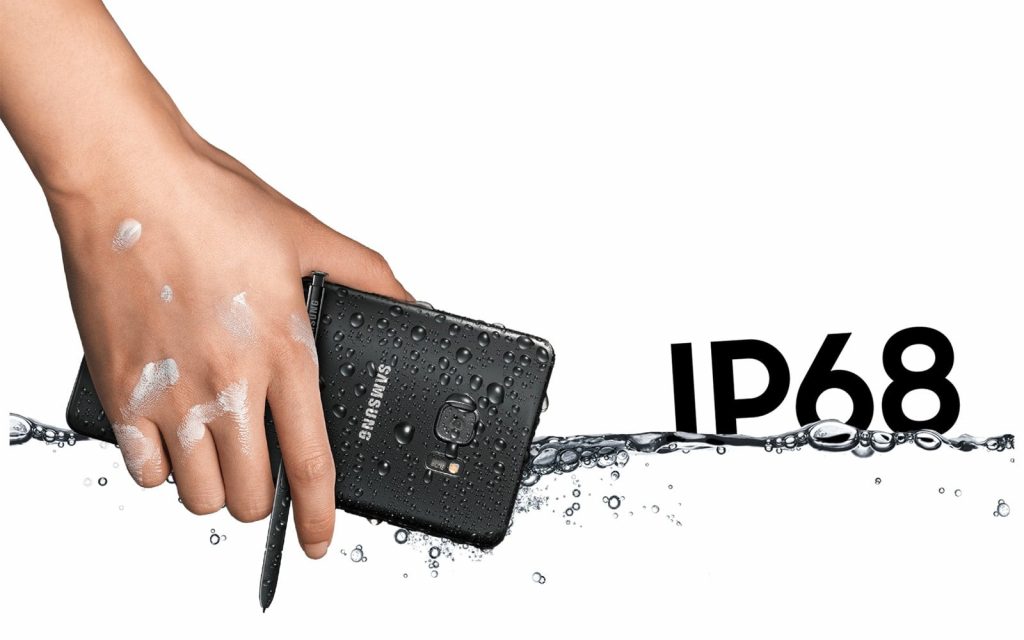
IP68 enclosures offer the highest protection against moisture, even when submerged entirely.
IP68 enclosures can block water ingress even while submerged in water. The exact times and depths tolerated by the enclosure varies based on the combination of duration and depth. Generally IP rated products can tolerate immersion longer than 30 minutes and deeper than 1 meter.
Due to their ability to block water ingress, IP 68 enclosures see common use in submerged water applications or when water may be potentially be encountered. Many phones, including recent iPhone models boast an IP68 rating. Other common applications include cameras, watches, and lights.
Common IP69 Applications
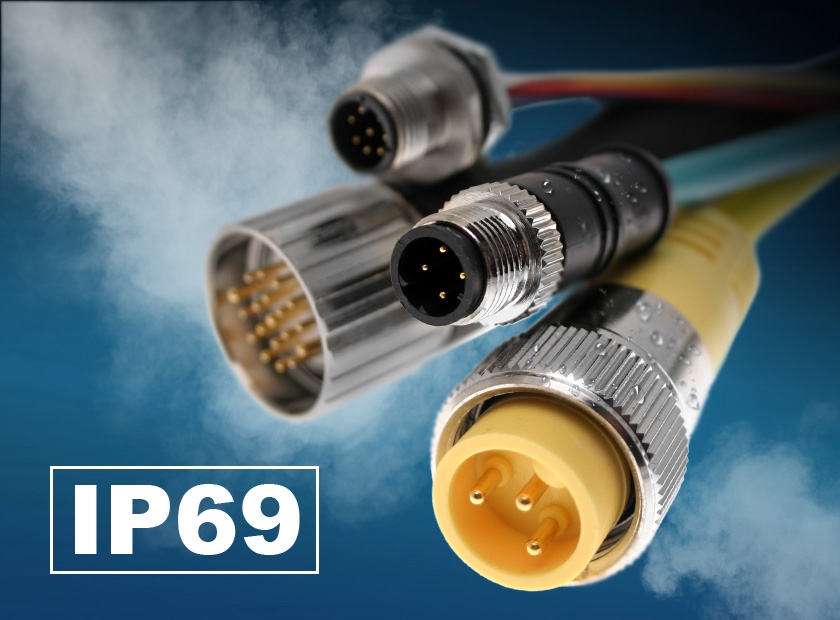
An item designated with an IP69 generally is considered overkill for most applications. Common uses for this designation include an enclosure that must tolerate high pressure, and hot water cleaning.
IP69 products find common use in facilities that adhere to high levels of sanitation. This includes food and beverage processing, pharmaceutical applications, chemical manufacturing, petrochemical plants, and waste treatment applications.
IP68 vs IP69 – Which to Choose?
When determining whether to specify IP68 vs IP69, engineers must understand “intent of use.” Generally speaking, the IP68 rating makes the most sense for general use applications. Search queries for IP68 are over 10 times more frequent vs IP69, reinforcing its more frequent use.
Engineers should specify IP68 unless the subject enclosure experiences high-pressure water.
Often, the specialized IP69 rating is seen with a K suffix, and presents as an IP69K rating. The K designation refers to road vehicle applications where an enclosure must withstand severe wash-downs.
